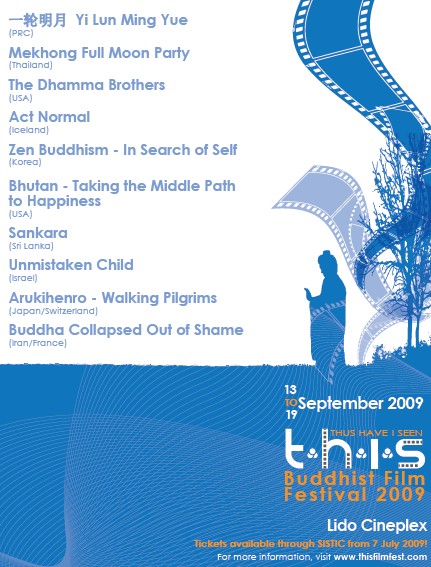Sometimes when a door or window slams, do you find that someone, sometimes ourselves, would respond with a “Who was that who slammed the door (or window)?”. And if the response is “Oh, it was the wind”, then almost magically, the agitation or annoyance subsides or disappears! If it turned out to be someone responsible, then a further exchange may take place. The annoyance becomes directed to the person responsible.
We like to find people to blame (or praise), don’t you think? This tendency to do that is preceded by the habit to affix a persona behind any experience or phenomena worth noting. In a way, this habit is also driven by the need or habit to blame. So this two tendencies are mutually supportive of each other.
Sometimes when we find that there is no person behind, say the slamming door or window, we are not satisfied. We are very smart. We use our intelligent mind to further investigate. Then we ask “who left the door open without securing it?”. And if that turned out to be indeterminate, we may continue pursuing until we find someone to blame. We are so full of energy when it comes to blaming people ya?
No, we are not like that? Yes, most people are not like that usually. But when we are in this energetic mode, then all hell breaks loose. We drill and question and conduct forensic analysis, just to get to the bottom of things! “Justice must be served” we might even exclaim!
What is the purpose of this “Justice” or “Rights and wrongs” if all it gets us into is this find-someone-to-blame-mode?
Coming back to the slamming door example, consider both possibilities, where someone slammed it or where the wind blew it shut, slamming it. In both cases, there was energy imparted to the door, causing it to move. Kinetic energy from the wind did the job in the latter, while kinetic energy from someone did it in the former. Both are energy. Does the door know the difference between the two sources of energy? No. Does the door slam differently in either cases? Nope, except when the energy imparted is of a different intensity.
Does the door slam with a “Ah Beng slammed the door” or “The wind slammed the door”? Nope. Yet, we impute additional meaning to the slamming door. I’m not denying that it is either the wind, Ah Beng or some sources that did it. I’m saying that
1) if the distinction of the sources is not meaningful in our and others’ happiness, then it is not meaningful to discern and cling strongly to such distinction.
2) the distinction is imputed, because the direct cause of the slamming is basically kinetic energy!* Not some person, or a being.
Discernment #1 is easier to accept and do, and it appeals to our pragmatic wish to be happy. It, however, only mitigates one’s problem. Discernment #2 is easy to understand, but harder to recognise internally or apply directly. If one is able to do so, then one weakens the root of the problem (Sakaya-ditthi) and in due time, cuts the very cause of suffering!
Many years back, I was at the Fa Yun monastery and was having lunch one day. One of the duty person dripped gravy onto the outer surface of my alms bowl. Being the unenlightened monk, a thought arose “Aiyaya! How careless!” After awhile I caught myself and reflected somewhat mindfully and all was well. Then another time, when I was on duty serving, I dripped some gravy on my own bowl! I simply wiped it off without a second thought or agitation. Then a thought arose “HA! …. ….”
I will leave you to ponder what followed that “HA!” … ^_^
Footnote:
* — If one observes rupa (form) mindfully with respect to the four elements, one sees
clearly that the slamming door, the wind or a “person” slamming it are basically a function of the wind element. In modern speak, kinetic energy.


